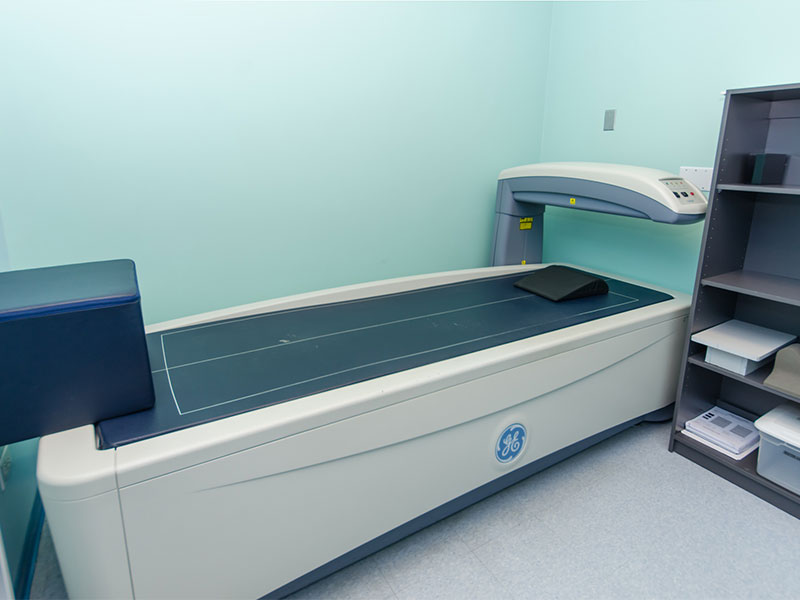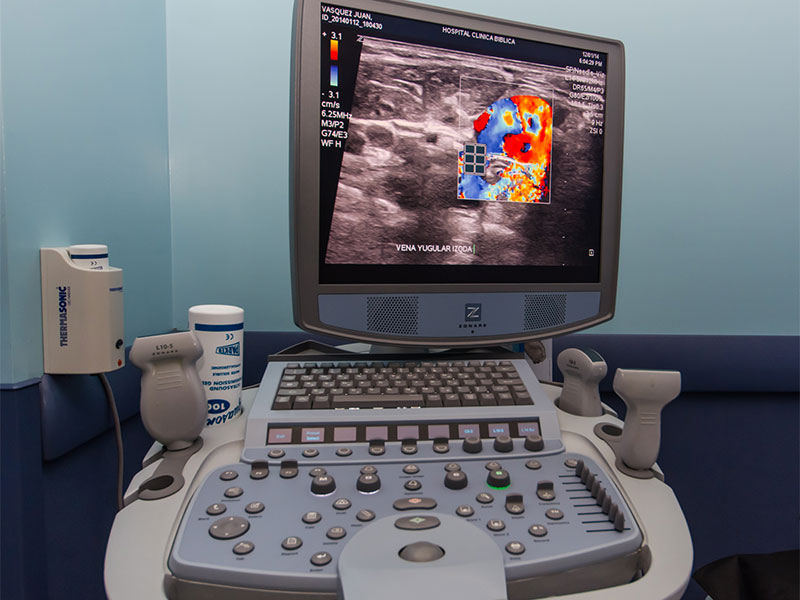Diagnostic Imaging
The service of diagnostic imaging refers to technologies that are used in various areas of medicine to observe the inside of the body and look for signs of a clinical nature. A variety of equipment and techniques can create images of the structures and activities within the body.








